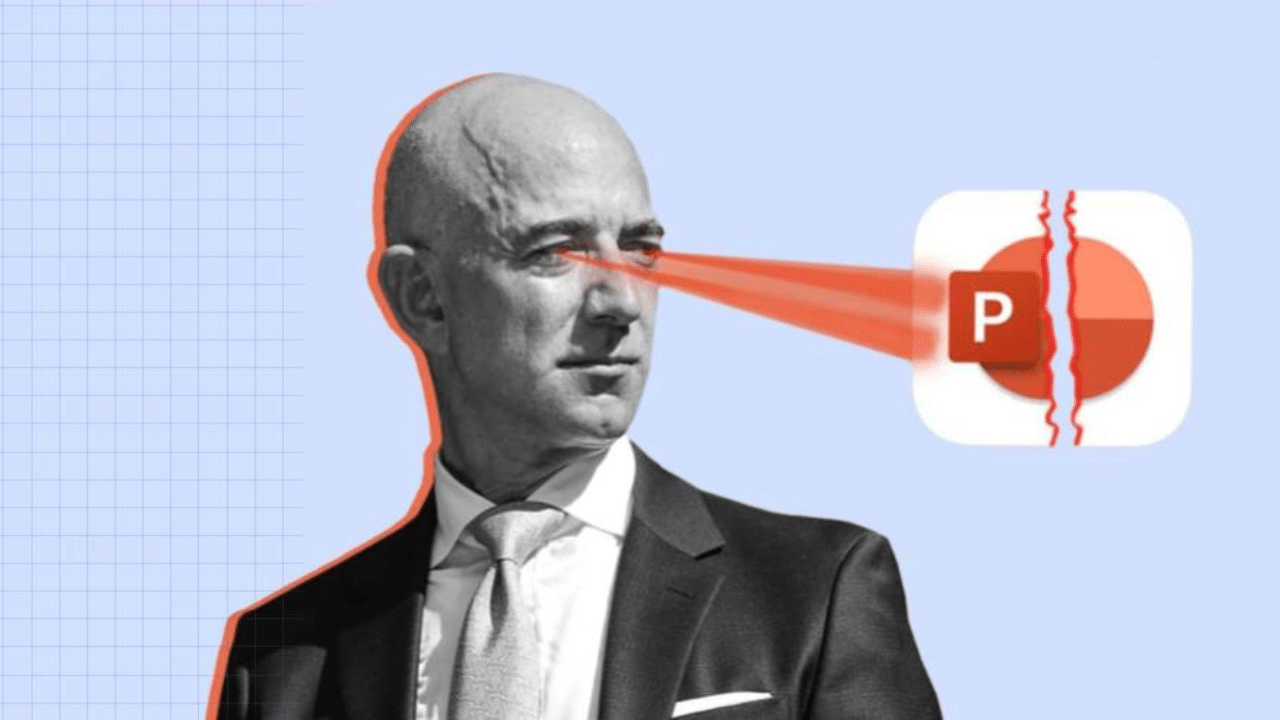
I call it the 1,000-yard stare. There is a vacant look on the faces of the leaders of different business units when the tech representative at the table tries to discuss why cloud costs are going over budget. Typically, those leaders still have the startup mentality of building many products that aren’t bringing in any money. The disconnect exposes not only a lack of alignment on priorities but the failure to communicate the impact of technical decisions on the bottom line.
When companies wake up one day and decide to go digital, they often face a canyon separating technology and business teams. They speak different languages and are tech-focused on cost, performance, and availability, while businesses are preoccupied with customers, revenue, and growth. From my time leading tech transformation at Amazon , Booking.com , and Nubank , I can tell you that cross-functional teams are only part of the solution. Simplifying complex data into clear narratives that resonate with all stakeholders is one of the keys to bridging the divide and driving meaningful change.
The Amazon 6-Pager
In 2004, Jeff Bezos banned PowerPoint presentations at Amazon in favor of long-form narratives to persuade people with the truth rather than just a few bullet points. As head of global payments at the time, I put together a 6-page narrative to outline our top two business priorities. This process aligned my team around a unified vision for transforming our payments platform and made it easier to onboard new team members.
Through this method, we established a clear roadmap of our objectives, obstacles, solutions, and expected business impact. It became a foundational document that aligned everyone on our journey to unblock and expand Amazon’s payment capabilities. The other virtue of this approach is that it prevents people from being overwhelmed by too many metrics. In my experience, focusing on a few key metrics that align with business priorities is far more impactful than tracking a multitude that lacks context.
Here’s how I recommend utilizing the 6-pager:
- Define your objectives and specific challenges you aim to address clearly. For instance, if you are focusing on improving a business process or launching a new product, could you explain the current state, the desired future state, and the key hurdles in between?
- Dive into the solution. Go beyond surface-level observations to explore the root causes of problems, potential impacts of proposed solutions, and anticipated risks or challenges.
- Have a discussion. After completing your six-pager, organize a meeting with key stakeholders to review and inspect the document together. Encourage open dialogue, questions, and debates on the content.
Making Data Accessible and Actionable
While the 6-pager is an effective tool for aligning teams and simplifying complex information, leaders must also find ways to make data accessible and actionable for everyone in the organization. The art of simplified storytelling facilitates a shift in mindset from seeing data as a purely technical concern to a strategic asset that can drive business value.
One of the key challenges are those different mindsets between business and tech teams. I have seen business teams focused on moving fast and experimenting, and tech teams more concerned with managing costs and ensuring stability. So, leaders must help business teams understand when they are spending too much on their software projects. There needs to be a level of maturity that recognizes that the time of breaking things and rapid experimentation does not last forever. Equally, they need to give tech teams the business context of revenue, customers, and growth behind their work.
Ultimately, transforming data into impact requires a cultural shift that empowers teams to make data-driven decisions at all levels of the organization. By aligning metrics and goals around a narrative approach to data, leaders can navigate complexities and emerge more connected, agile, and prepared for the challenges ahead. For a case study in finding a common language between business and tech, look no further than Nubank, when we grew from 35 to 80 million customers and expanded to over 40 products in three countries in a short period of time.
Nubank’s expansion was so rapid that widely adopted features were affecting profitability and cloud costs had become a major concern, yet they were initially treated as an IT problem. That’s when we saw the 1,000-yard stares across the table. Our solution was to adopt CloudZero, a cloud cost intelligence platform, and FinOps, which means spending little to get the most possible value, replacing understaffed proprietary tools, and connecting technical decisions to product and business results.
In the next edition of The Retrospective, I will discuss FinOps, CloudZero, and the inside story of how cloud economics helped Nubank reduce cloud costs by hundreds of millions of dollars.
The 1,000-yard stare happens when leaders don’t understand the formula for change, which I’ll explore in my next newsletter. When 6-Pagers, FinOps inspection mechanisms using data from CloudZero, and new roles like Cloud Economists come together, they form an optimal operating model that helps companies grow faster and more profitably. Stay tuned.